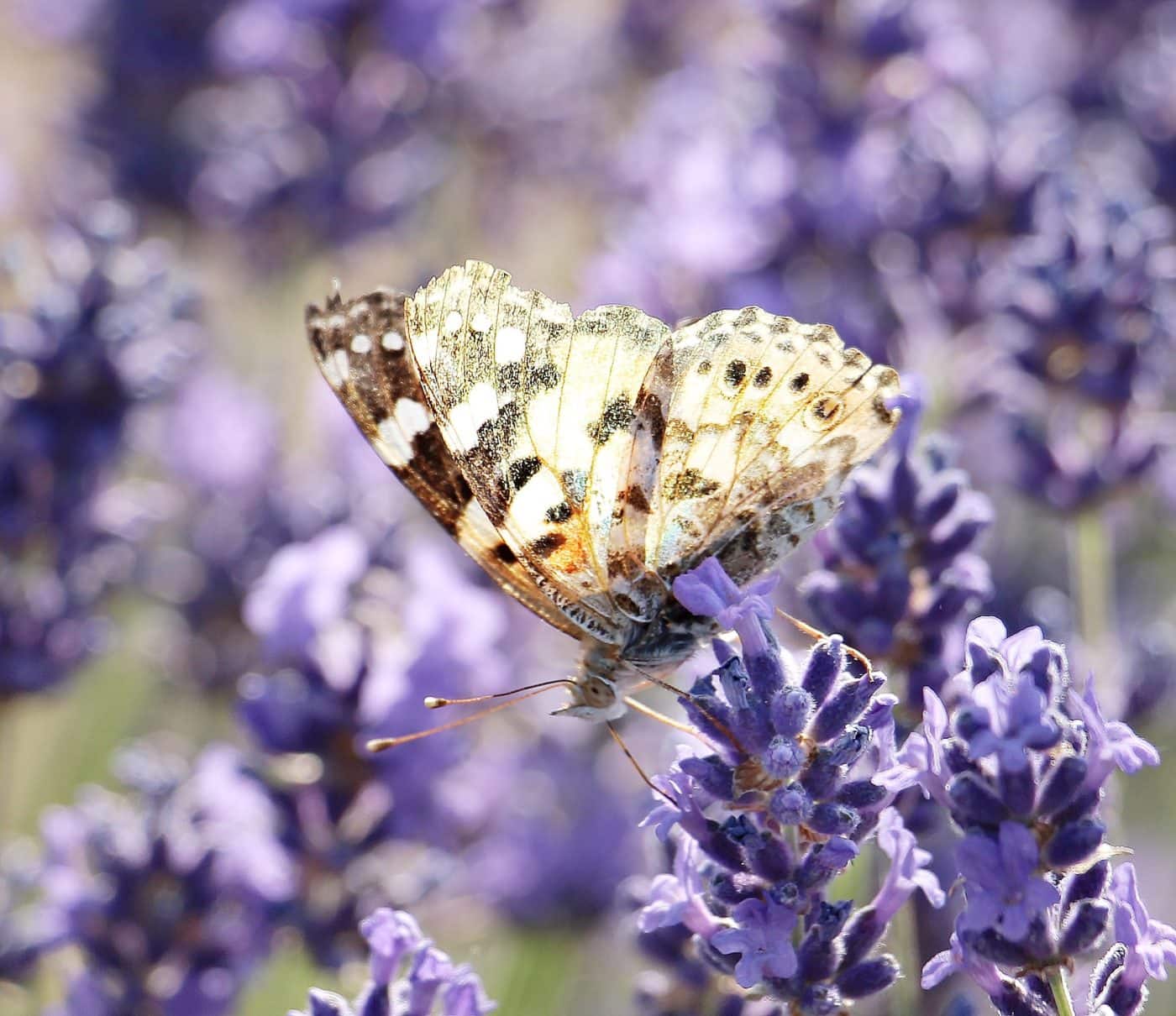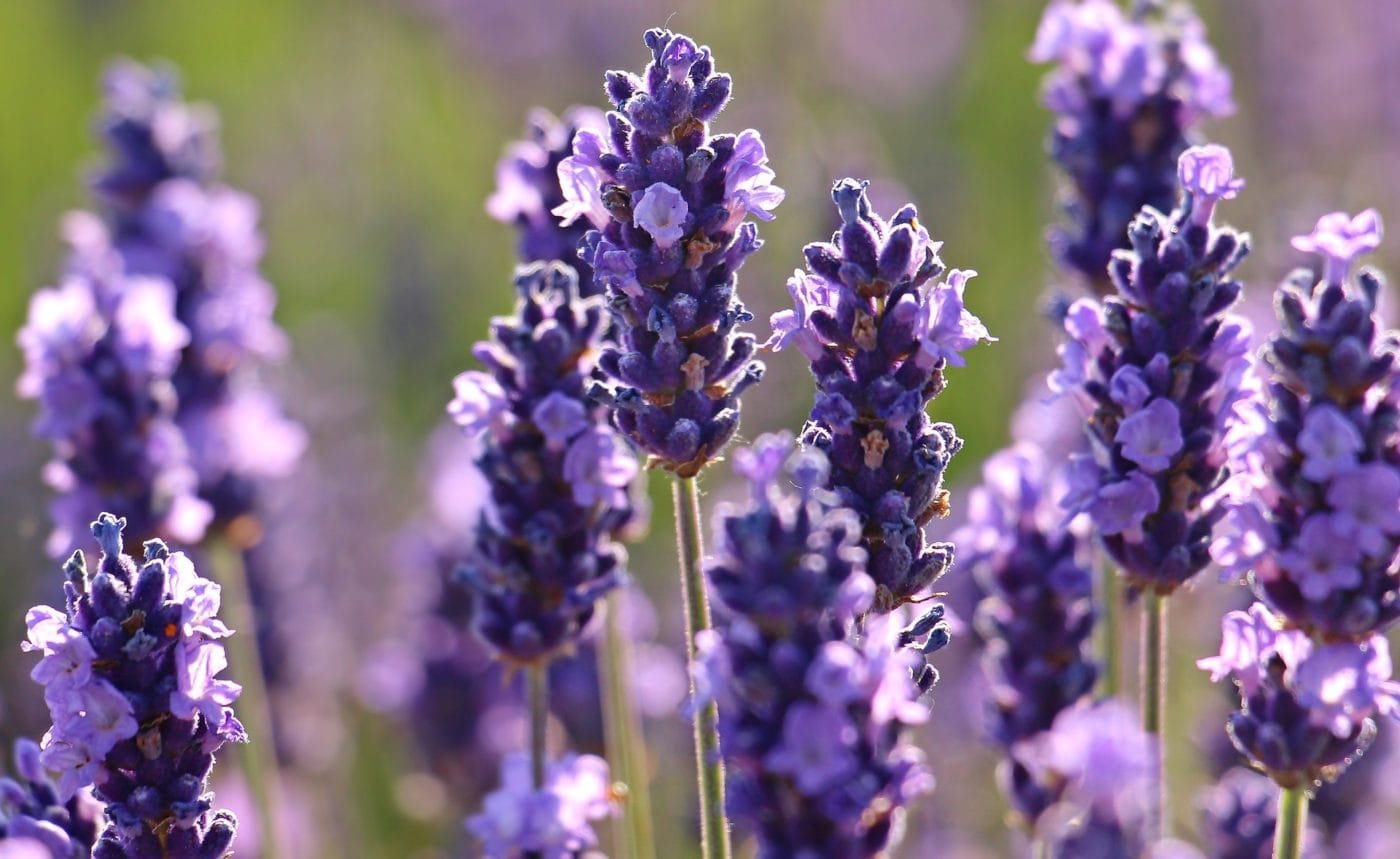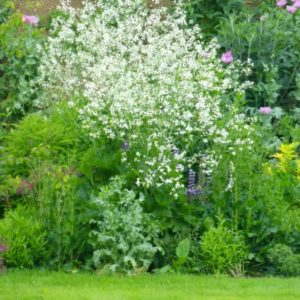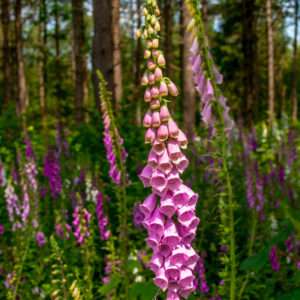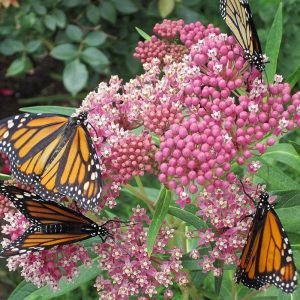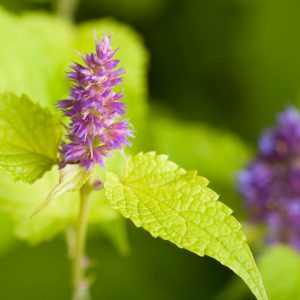Lavender Munstead – 2 litre pot
Lavender makes a stunning addition to borders and perennial gardens, providing sweeping drifts of colour from early summer into autumn. With its silvery-green foliage, upright flower spikes and compact shrub-like form, lavender is ideal for creating informal hedges.
Bees love lavender. This fragrant herb provides nectar for foraging bees from spring and through summer. From personal observation, they seem to like both English lavender and French lavender and hybrids. We have observed that the Stoeaches lavender (French type) is not hardy here in Kent and does not have a long life span as it is a little too tender here.
It appears honey bees like lavender (and will certainly visit it), research suggests it is more popular with bumble bees than honey bees. Indeed, research from the University of Sussex found that bumble bees, with their longer tongues, are better adapted than honey bees to extract the nectar from the tubular shaped flowers.
Lavender is a favourite among many beneficial insects and also repels fleas and moths.
Lavender Munstead is a little taller than Hidcote and the flower is a paler purple/mauve; still not a huge plant it grows to only 50cm. Introduced in 1916 by the garden designer Gertrude Jekill, this small cultivar grows well in containers and is a great choice for hedges or knot gardens. Lavender is evergreen and possibly the most sensory plant we can plant for our well-being and is a great help to our pollinators. Please don’t plant Lavender in the shade and remember that lavender cannot sit in water they like poor soil, gravel and drainage. Over the last 25 years I have observed that lavenders are not cut back enough – please don’t hesitate to do this after flowers as it rejuvenates the plant and stops it becoming “woody and leggy” take off the flower spikes and a little more to keep it in good condition and then it is a very long lived plant.
We stock these from May.
£7.50
